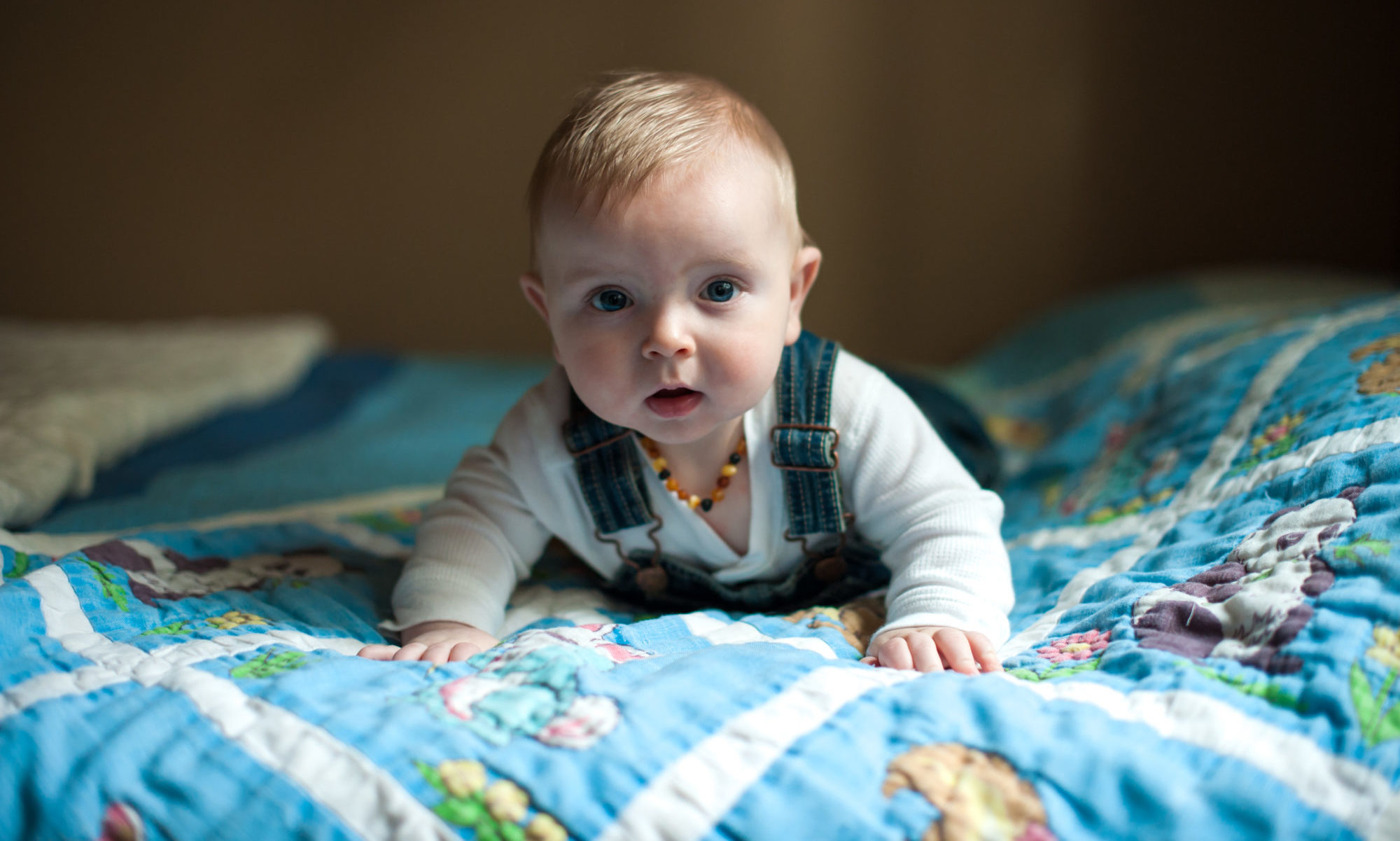Young people are discovering their world and constantly coming up with strategies to meet their needs. Sometimes these strategies cause pain and upset in others and are experienced as destructive.
The most common examples of destructive behaviors in 1-5 year olds are hitting and biting. Older kids often use their words to destructive means. And teenagers do all sorts of behaviors that we adults see as destructive and dangerous. But what if we were able to see the beautiful needs behind these behaviors and redirect kids in a way that helps everyone experience more peace and joy?
Redirection is a wonderful tool that will help you help your child. When we can offer another option that’s less destructive, kids will often gladly take our suggestions. After all, they’re usually not trying to hurt others, they’re just trying to meet their own needs.
When I was a nanny one of my charges began to bite his brother, other kids at the park, and even me and his mom. Ouch! I’ve heard all sorts of stories about what to do with a kid who’s biting from ignore it to bite him back. But I knew that biting a baby or young child was not going to work for me. I would certainly feel sad and guilty if I were to retaliate against such a young child (or any child for that matter). And ignoring a destructive behavior can just help it grow and become ingrained. So we tried another strategy–redirection.
First, we began to watch him closely and after some observation we discovered that there was a look in his eye just before he tried to bite. Next, we tried to understand what need he was trying to meet and we determined that when he needed space, he bit. He would usually try to bite in a situation when he was in a confined space, had another child touching his body, or when another child took the toy he was playing with.
So for starters, we tried to anticipate any situations that were likely to result in his desire to bite and diffuse the situation before he even got the idea. But we weren’t perfect, and sometimes he still got the look in his eye, opened his mouth, and tried to bite someone. We acted swiftly, removed him from the person he was about to bite and REDIRECTED his aggression toward his blanket. “It’s not OK to bite people, but if you need to bite, you can bite your blanket.” After a few weeks, “John” began to go and get his blanket whenever he had the urge to bite!
If you think about it, the urge to bite has helped us out immensely when it comes to eating. If we didn’t have a need to bite, we might never have discovered some of the delicious foods we eat today. So, ultimately, biting is a beautiful need, it just sometimes gets generalized to people and things that aren’t safe for biting.
A friend recently shared that her young son had begun to bite his bed frame and was damaging his bed and eating wood! She decided to redirect her son’s behavior so they found a heavy plastic fork and deemed it his “special biting fork”. Now when he has the urge to bite he asks his mom for his special biting fork, then he gnaws on it for a few minutes and hands it back to mom. I was talking to his mom on the phone the other day when he said, “Mom, can I please have my special biting fork?” and I found myself grinning from ear to ear. I’m so happy that he gets to bite something that’s safe for him!
There are lots of other behaviors that can be redirected into more constructive choices for kids. What have you tried? Which redirections have worked for you? I’d love to hear about your experiences with redirection. Thanks for being here!



I believe kids should be told instantly if they are doing something wrong. Cos when it becomes a habit, it is very difficult to change them
My son starting climbing our door frames and the outside of our house up to the eaves a couple of years ago. We sent him to an indoor rock climbing school and my husband even built him a climbing wall in our backyard and have never looked back. He also loves to hit , so we signed him up for drum lessons and bought him a digital drum kit with earphones.
@cyn, I think Shelly might agree with you. After all the child was immediately told, “’It’s not OK to bite people.” What I get from the article is that it’s important to go beyond the NO! and help the child learn to redirect his aggression and frustration (or just need to bite) into an acceptable behavior. For a small child that might be biting an inanimate object rather than a human. For older children hopefully it would be learning to channel emotions into acceptable and (hopefully) productive activities. I’m in my fifties and I can occasionally still use help in that area.
My favourite – whining. I redirect by saying, “Do you mean, “Mommy, darling, dearest, and sweetie, could you please help put me put the pants on my doll?”” in the sweetest voice ever. It’s quite charming to hear it repeated.
@Erika, YES!!! I love that you’ve created opportunities for your son to do what he loves in a constructive way.
@Lisa Kathleen, nice! It’s amazing how redirecting whining can work. My whole body relaxes when I hear a child ask for something in a tone of voice that I enjoy. Thanks for reminding me about that!
@cyn, I agree that behavior that’s destructive should be addressed right away. It is MUCH harder to transform a long standing habit than it is to change behavior that was a one time experiment.
@Jim, I love your addition here. Thanks for clarifying my intended message.
Wow, I feel so grateful for all of your thoughtful comments. It gives me a sense of community and connection to read your responses to my posts. Thank you thank you thank you.
.-= Shelly´s last blog ..The beautiful urge to bite and what to do about it =-.